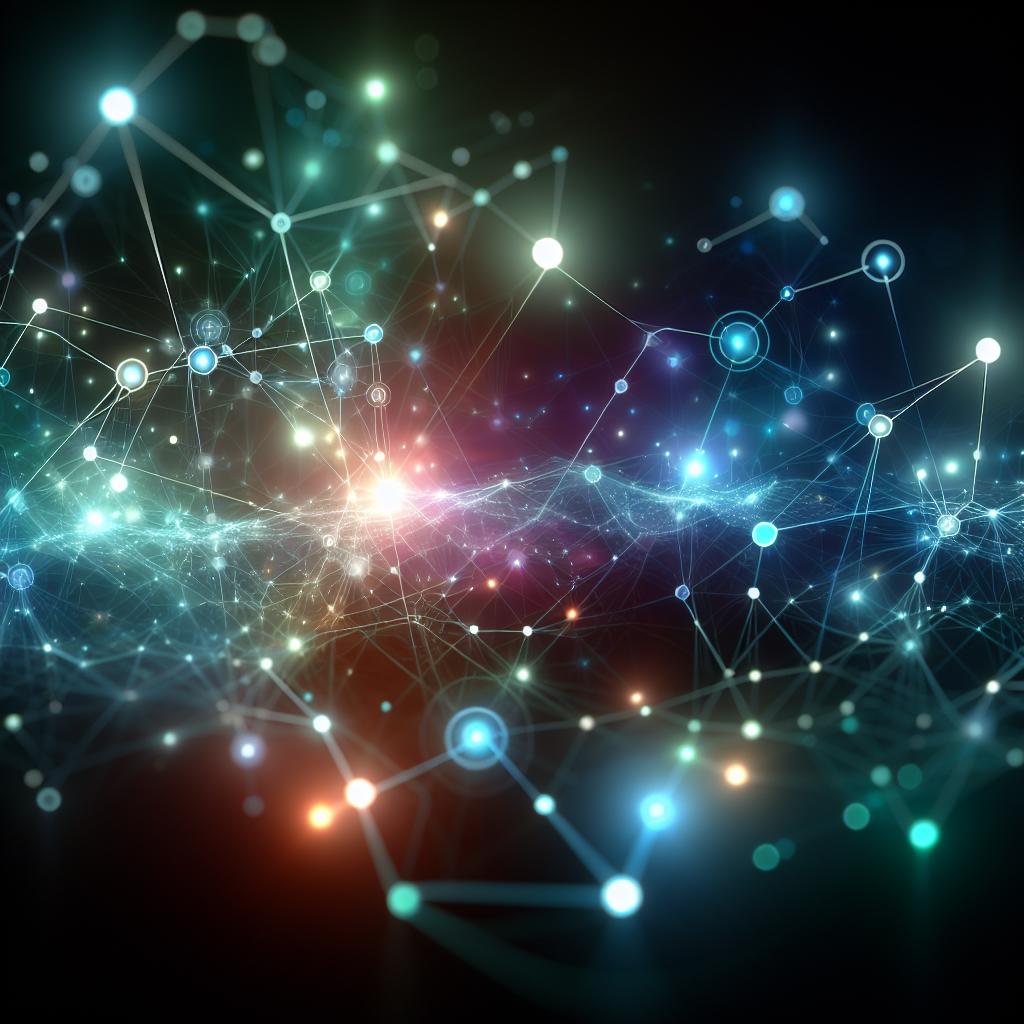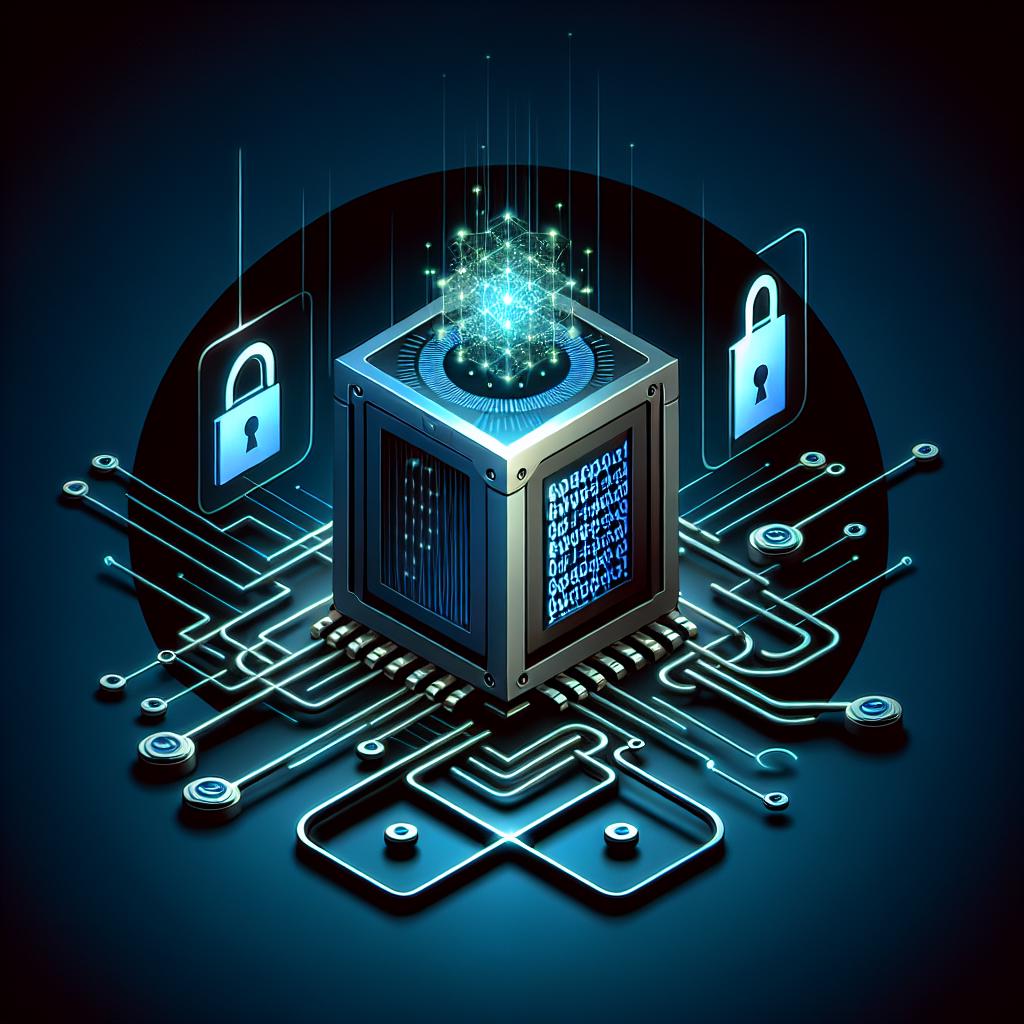Quantum Key Distribution (QKD) is an innovative technology that leverages the principles of quantum mechanics to create secure communication channels. As the digital landscape evolves, the need for robust security measures becomes increasingly critical. Traditional encryption methods, while effective, are vulnerable to advancements in computing power, particularly with the rise of quantum computers. QKD offers a promising solution to these challenges, ensuring that sensitive information remains protected against eavesdropping and cyber threats.
Understanding Quantum Key Distribution
At its core, QKD allows two parties to generate a shared, secret key that can be used for encrypting messages. The security of this key is guaranteed by the laws of quantum physics rather than the complexity of mathematical algorithms. The most widely known QKD protocol is the BB84 protocol, developed by Charles Bennett and Gilles Brassard in 1984.
How QKD Works
-
Quantum States: QKD relies on the transmission of quantum bits, or qubits, which can exist in multiple states simultaneously due to superposition. This property allows for the encoding of information in a way that is fundamentally different from classical bits.
-
Polarization: In the BB84 protocol, qubits are typically represented by the polarization of photons. For example, a photon can be polarized vertically, horizontally, or at 45-degree angles. The sender (often referred to as Alice) encodes the key bits by sending photons in one of these polarization states.
-
Measurement: The receiver (Bob) measures the incoming photons using a randomly chosen basis. After the transmission, Alice and Bob compare their bases over a public channel to determine which bits were measured correctly. The bits that match form the shared secret key.
-
Eavesdropping Detection: One of the most significant advantages of QKD is its ability to detect eavesdropping. If an eavesdropper (Eve) attempts to intercept the photons, the act of measurement will disturb the quantum states, introducing detectable anomalies. This allows Alice and Bob to know if their key has been compromised.
Advantages of Quantum Key Distribution
-
Unconditional Security: The security of QKD is based on the laws of quantum mechanics, making it theoretically immune to computational attacks. Unlike classical encryption, which relies on the difficulty of certain mathematical problems, QKD's security does not diminish with advancements in technology.
-
Eavesdropping Detection: As mentioned, any attempt to intercept the key will introduce detectable errors, allowing the communicating parties to abandon the compromised key and attempt to generate a new one.
-
Future-Proofing: With the anticipated rise of quantum computers, which could potentially break traditional encryption methods, QKD provides a forward-looking solution that can safeguard sensitive information against future threats.
Challenges and Limitations
Despite its advantages, QKD is not without challenges:
-
Distance Limitations: The transmission of qubits is subject to loss and degradation over long distances. Current QKD systems are typically limited to a few hundred kilometers without the use of repeaters or trusted nodes.
-
Implementation Costs: The technology required for QKD, including specialized hardware and infrastructure, can be expensive. This can limit its adoption, particularly for smaller organizations.
-
Integration with Existing Systems: Integrating QKD with current communication systems and protocols can be complex. Organizations must ensure compatibility with existing encryption methods and infrastructure.
The Future of Quantum Key Distribution
As research and development in quantum technologies continue to advance, the future of QKD looks promising. Several initiatives are underway to address the current limitations:
-
Quantum Repeaters: These devices aim to extend the range of QKD by overcoming the distance limitations associated with photon transmission. By using entangled photons, quantum repeaters can help maintain the integrity of the key over longer distances.
-
Satellite-Based QKD: Projects like the Chinese Micius satellite have demonstrated the feasibility of QKD over vast distances, potentially enabling global secure communication networks.
-
Standardization and Regulation: As QKD technology matures, efforts are being made to establish standards and regulations to ensure interoperability and security across different systems.
Conclusion
Quantum Key Distribution represents a significant leap forward in secure communication, offering a solution that is both innovative and resilient against future threats. As the digital world becomes increasingly interconnected, the importance of secure communication cannot be overstated. QKD not only provides a means to protect sensitive information but also paves the way for a new era of cybersecurity that harnesses the principles of quantum mechanics. As we continue to explore and refine this technology, it holds the potential to redefine how we think about security in the digital age.



